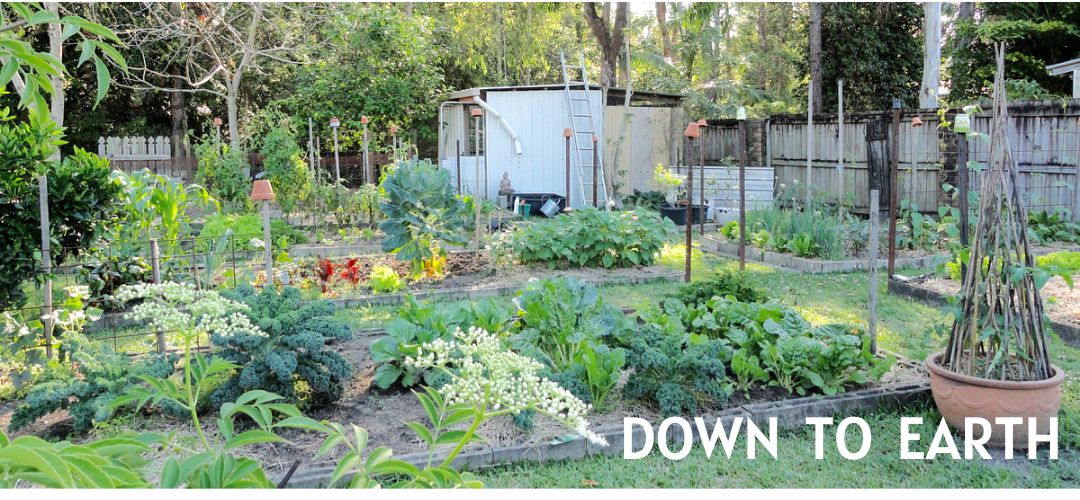Making your own household linens is a BIG step towards a simpler life. You'll use numerous simple living skills such as sewing, recycling, budgeting, home maintenance and organisation when you actively work towards fabric recycling and creating your own cloths, bags, napery and soft furnishings. I gave up looking for what I wanted in the shops many years ago and over the years I've made cheese and yoghurt straining cloths, tablecloths, tea towels, hair towels, tea cosies, table runners, aprons, napkins, shopping bags, pillowcases, cushion covers, lamp skirts, bread bags, mats, plate covers, cool cotton sheets and warm woollen blankets for Gracie's bed. Increasingly what I want is not sold in any shop and I get a wonderful sense of reassurance and satisfaction when I make what I need. About 90 percent of the time I use recycled materials.
This is a simple activity that takes only time, a change of mindset and a bit of effort but it will make a huge difference to your day-to-day life. And if you do this and can stand back from the commercial world, where everything has a monetary value instead of an environmental one, you, my friend, will put yourself in a powerful and sustainable position.
I'm about halfway through this project - a new linen bread bag using linen I first wore as a skirt many years ago.
The other reward for this type of work is that for every item you make and use, you will customise your home and make it more suitable for you and your family. You can't do that by always using factory-made and mass-produced goods. Uniqueness, familiarity and finesse become part of your home and homemaking when you take the time to create what you live with. When you use materials that have outlived their first life, you create a self-renewing circle that produces new from old and slows down the stream of rubbish leaving your home.
A lamp skirt made to cover an old boring white lampshade.
The main skill in this kind of work is to be able to cut and sew in a straight line. Once you develop your skills, you can be more elaborate but to start with, you just need straight lines. They can be done on a sewing machine or, if you're patient, with hand sewing. I love hand sewing. It's similar to knitting in that you sit quietly with your work and think.
A tablecloth made from recycled bits and pieces. I've been using this for about five years now.
If you've not done this before and you're a novice sewer, start with napkins. Having about 20 cotton or linen napkins on the kitchen table for your family to use with dinner each night means you don't have to buy paper napkins. Cotton or linen are ideal because they are absorbent and easy to wash and dry. I usually make mine either 10"x10" or 12" x 12" with an extra inch all around for the hem. Here is a tutorial to follow.
I always have a stack of homemade napkins on the kitchen table.
This morning I found a hole in a homemade cloth runner on top of our silky oak cupboard. I found it when I moved a pot plant that was on top of it. It looks like a burn mark! I have no idea how it got there. I didn't burn candles there over Christmas and I don't know who put the pot plant on top. Maybe it was me! Anyhow, it's given me a sewing project.
About six months ago, I made a table cloth from a recycled doona cover but I only used one side of the cover and put the other half - a green version of the pattern - in my fabric stash. Tomorrow I'm going to organise myself to make another table cloth. I already know by sewing the last cloth that the fabric is too long for our kitchen table, so I'll cut off a piece and make that into another runner for the front door cupboard. After the old runner is washed and ironed, I'll cut the burnt bit out of that and probably add another two or three napkins to the kitchen table caddy.
Above: This is an old doona/duvet cover that was recycled instead of being thrown out. One side was blue, the other side, green.
It's a good idea to go through your old sheets and towels at this time of year to see if any have rips or holes. Sometimes it's possible to darn sheets or towels but if yours can't be mended, cut them up for rags. That will give new life to the fabrics, will give you a lot of very absorbent cleaning rags and will save money because you don't have to buy cleaning cloths. And that's another sewing project - make yourself a rag bag. Mine is below, it's hanging in the laundry.







